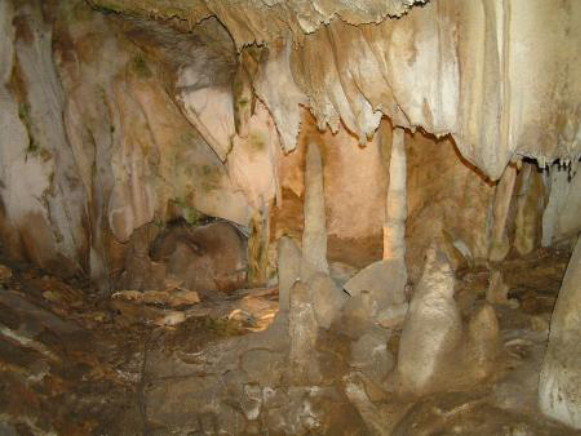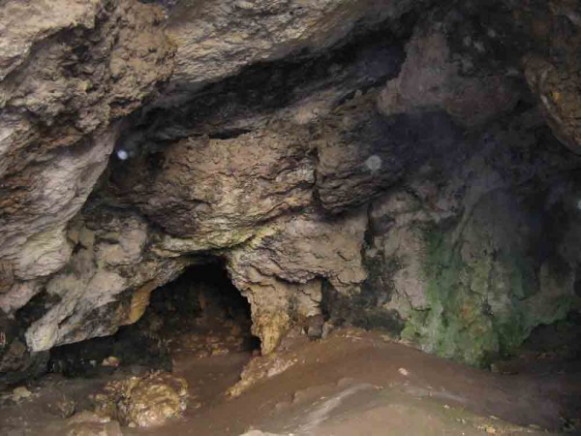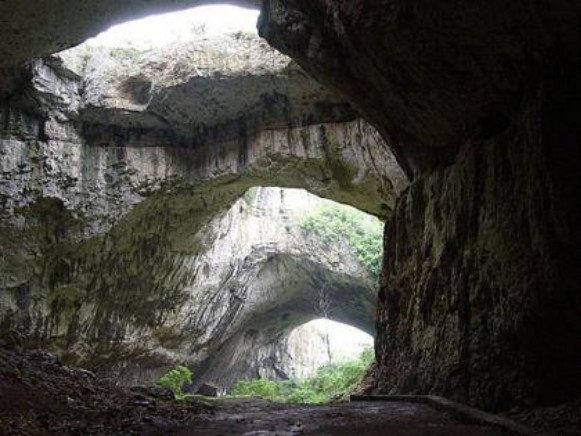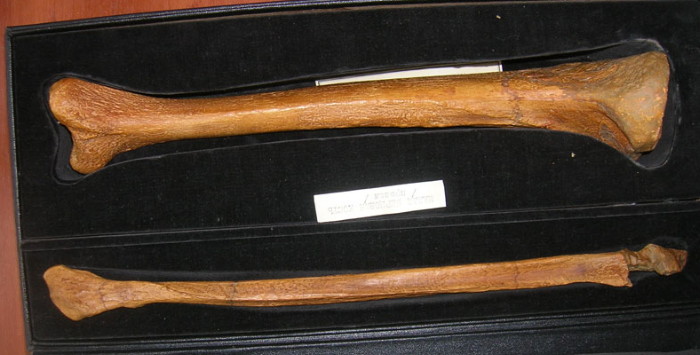Kiik-Koba
Kiik-Koba also Kiikkoba [Киїк-Коба; Kiyik Qoba]. A settlement from the Middle Paleolithic Period located in caves on the right bank of the Zuia River, 25 km east of Simferopol in the Crimea. Kiik-Koba was discovered by Gleb Bonch-Osmolovsky and excavated by him in 1924–6. The lower cultural layer was dated to the late Acheulean culture–early Mousterian culture and contained flint tools of indeterminate form and animal bones (giant deer, wild ass, saiga). The upper cultural layer belonged to the middle Mousterian culture and contained flint points and scrapers as well as bones of giant deer, wooly rhinoceros, saiga, cave bear, mammoth, and other animals. There were also remnants of walls, which had been constructed in the Mousterian period to block drafts. Graves dug in the stone floor contained the remains of a Neanderthal adult male and a year-old infant. These were the first remains of early humans discovered in Ukraine.
[This article originally appeared in the Encyclopedia of Ukraine, vol. 2 (1988).]



